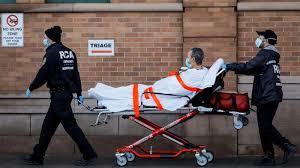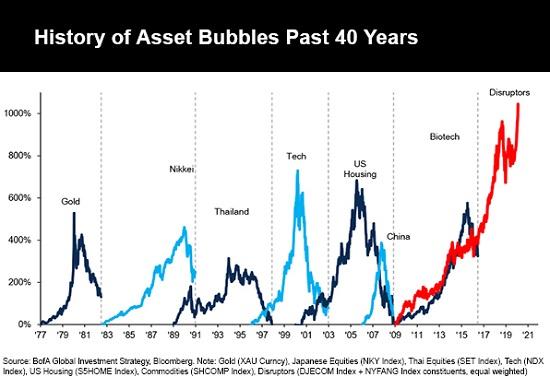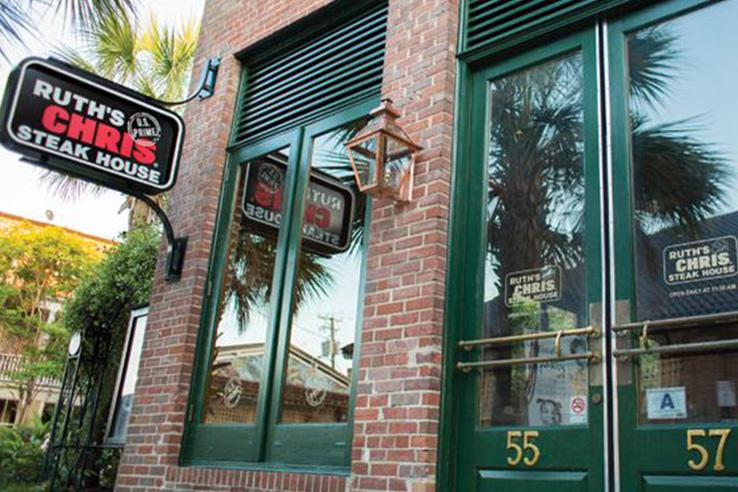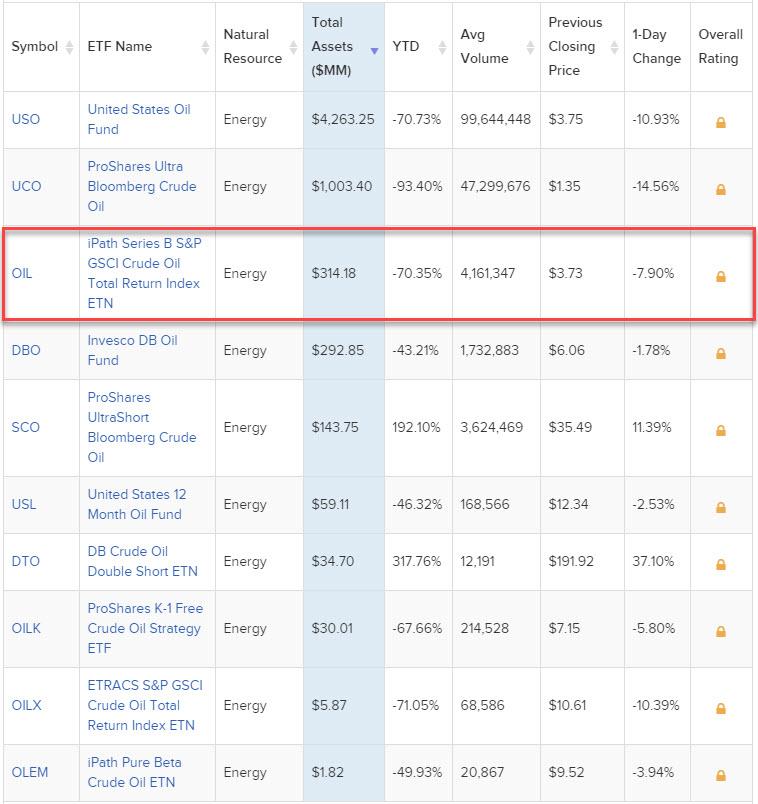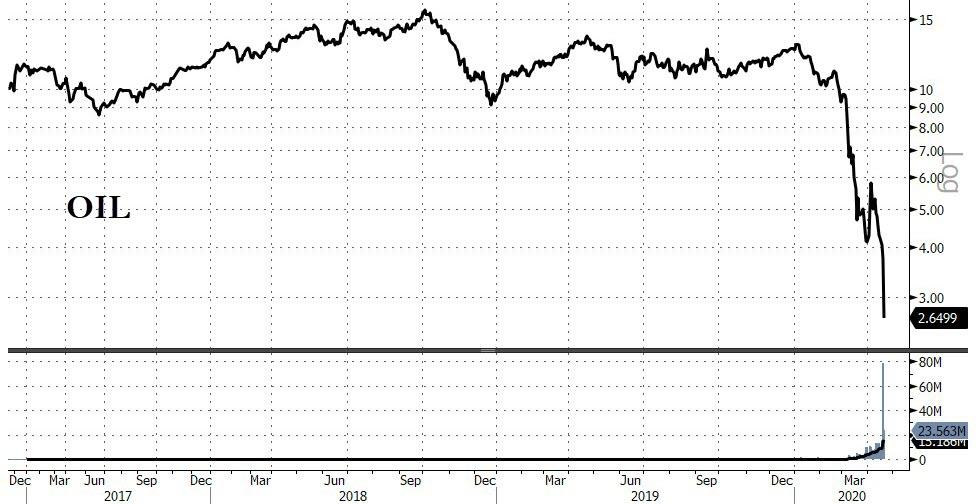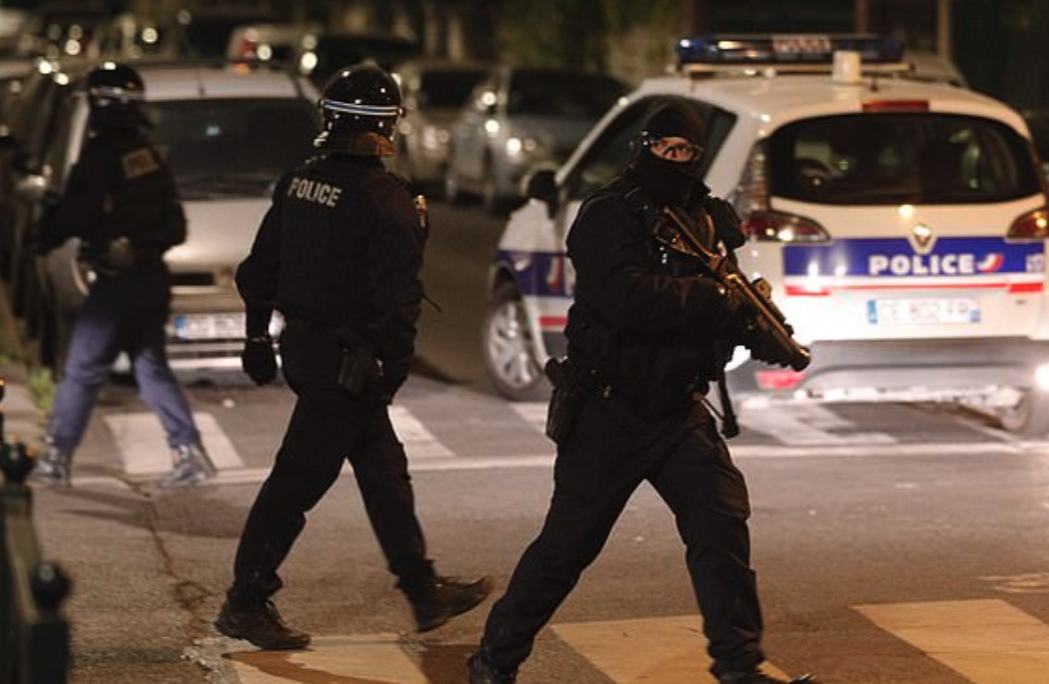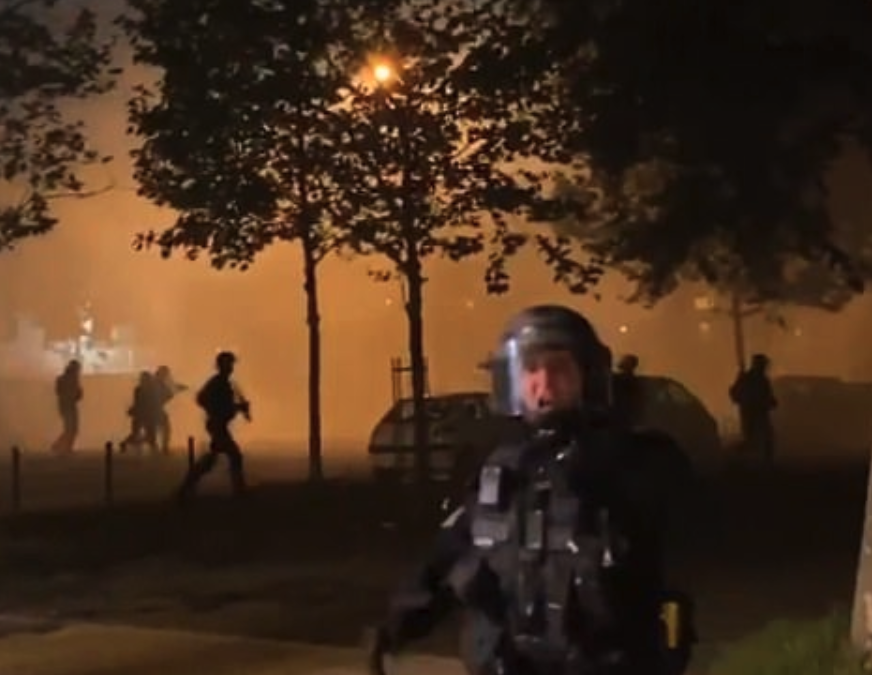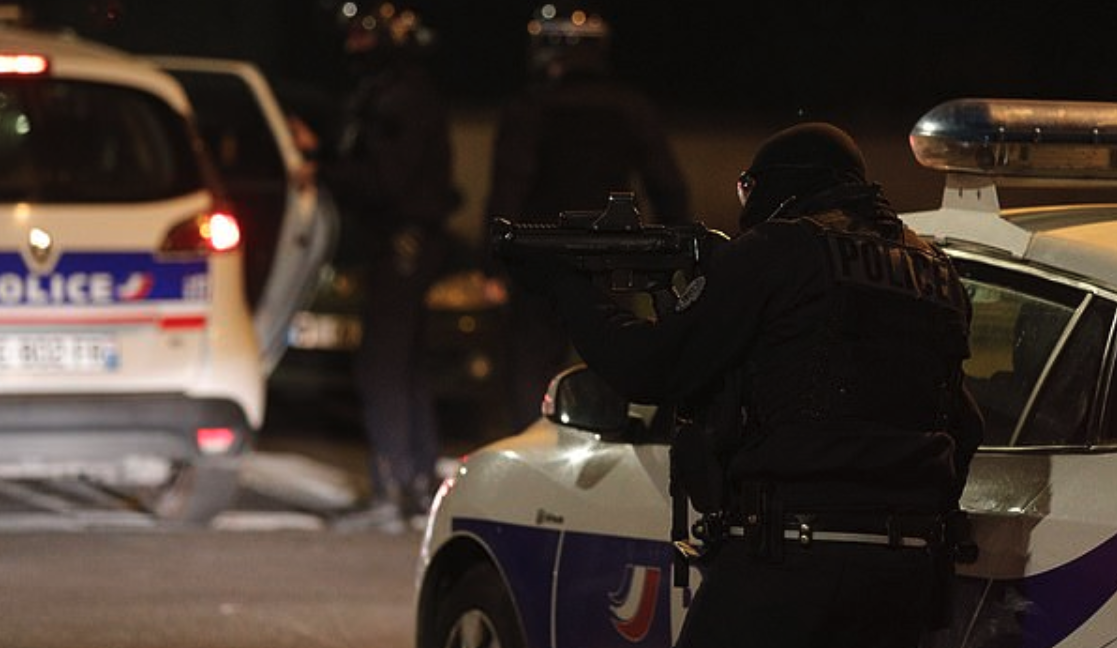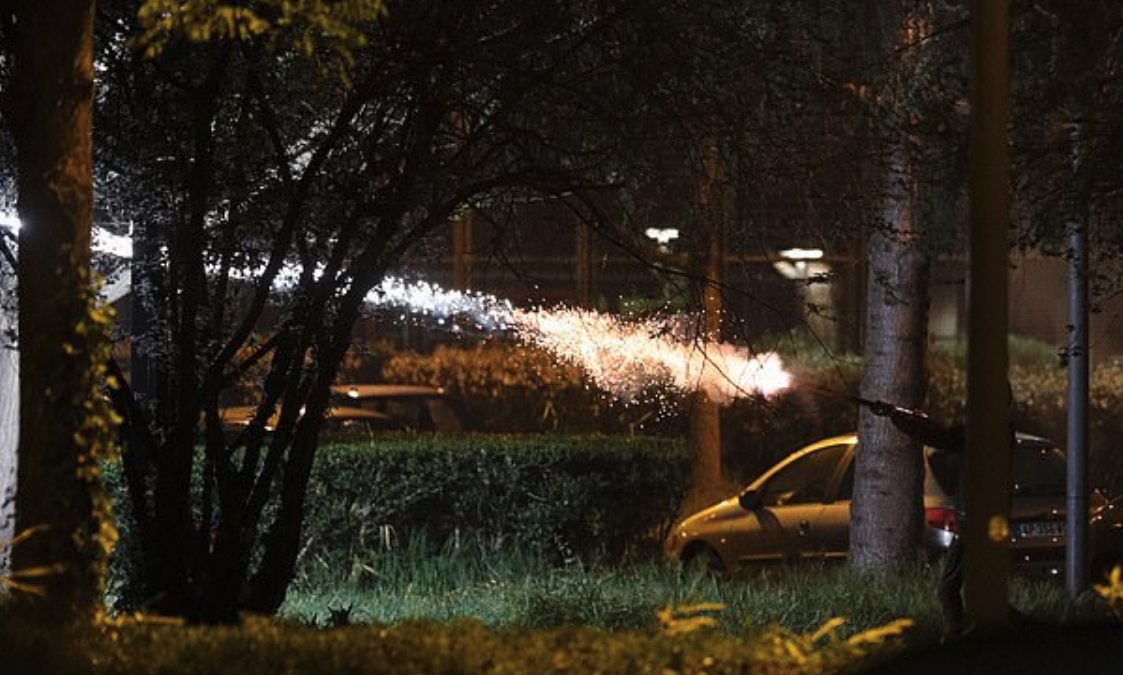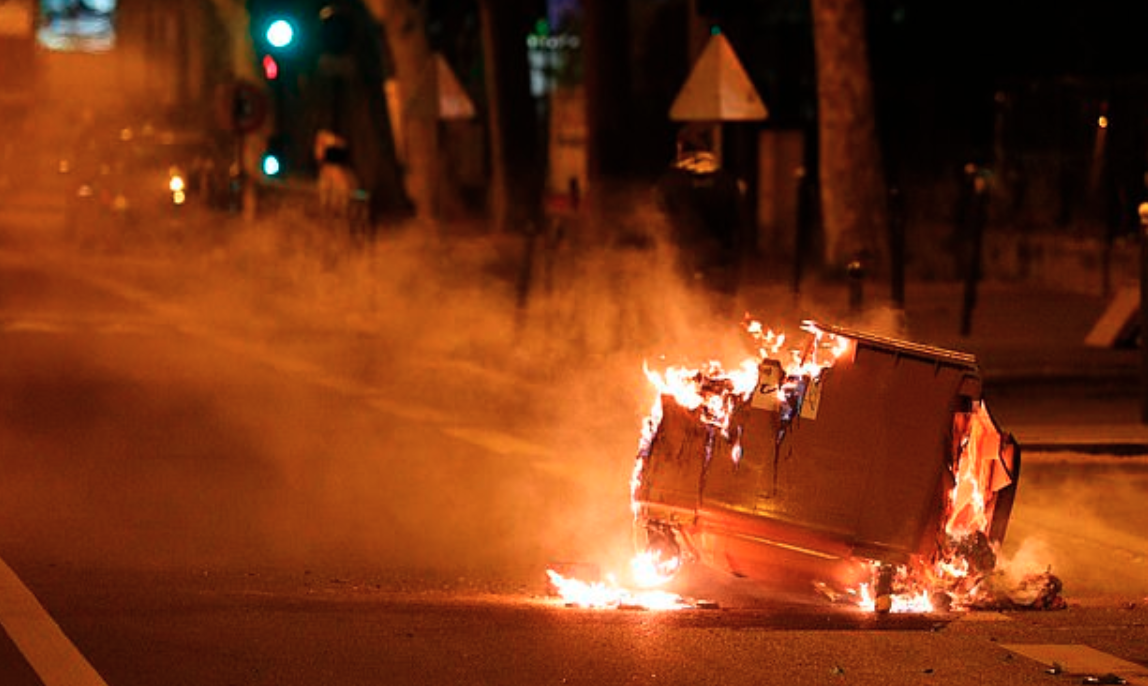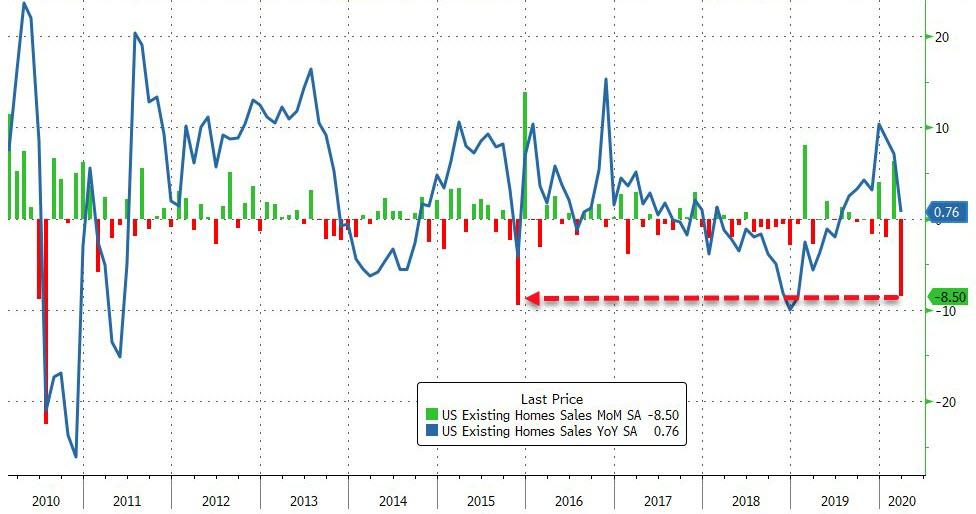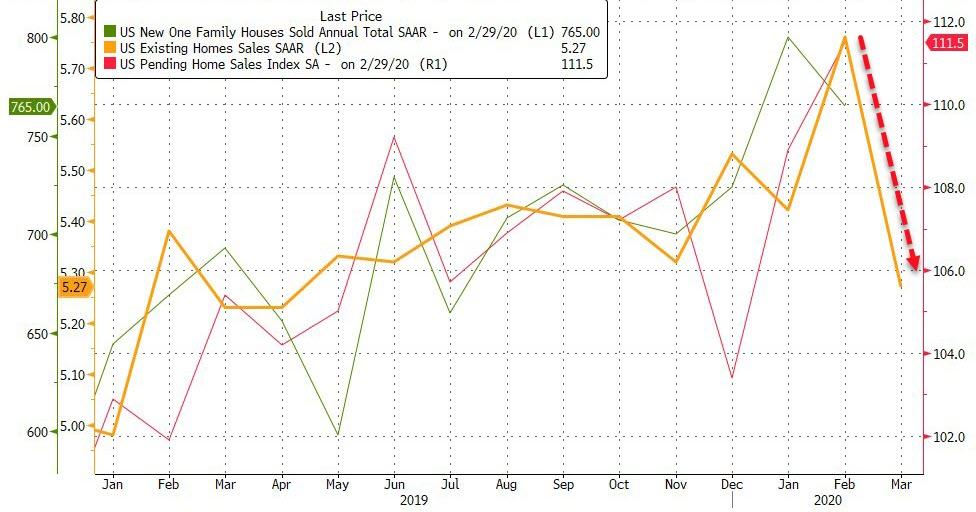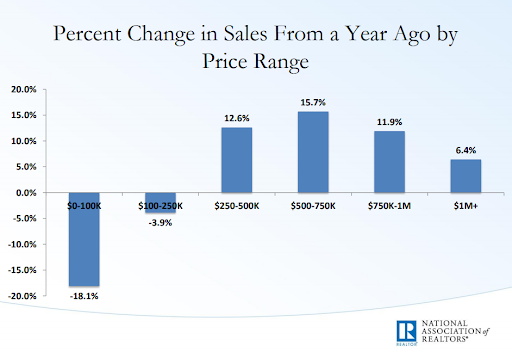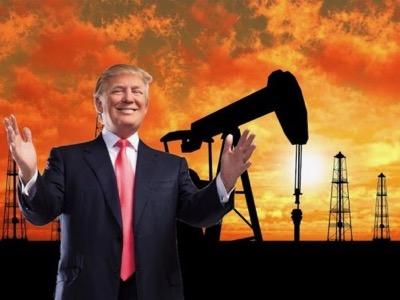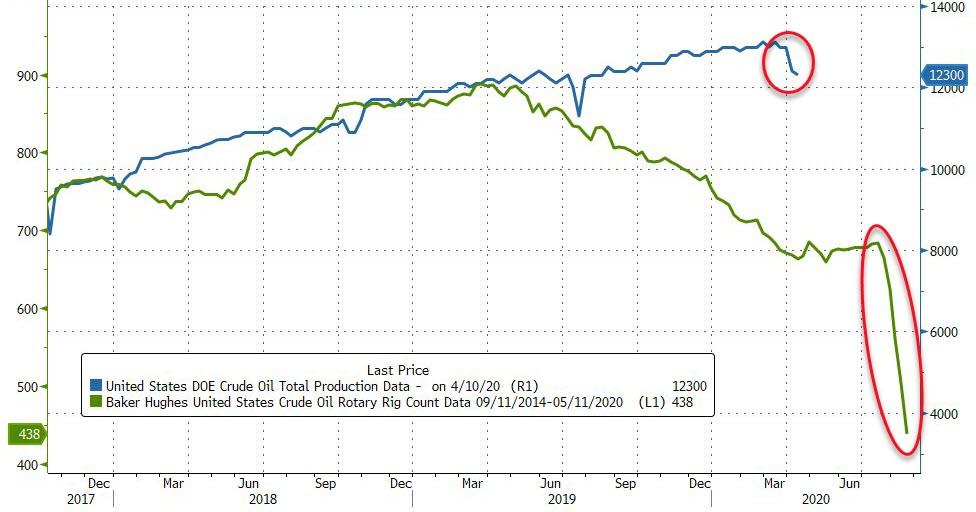Here’s Where All 50 States Stand On Reopening Their Economies
As the debate about when, where and how to reopen the American economy rages on, here’s where all 50 states stand on reopening their economies, now that the White House has released its ‘guidelines’ and delegated ultimate authority to the governors of each state.
Here’s an (alphabetical) roundup of states’ plans:
Alabama
Alabama Gov. Kay Ivey’s stay at home order is set to expire on April 30. The state’s Lt. Gov. Will Ainsworth is in charge of a task force to decide when to reopen the state’s economy. The task force is expected to deliver a report on its findings later this week.
Ivey said April 14 she intends to work with other states and the Trump administration, but that “what works in Alabama works in Alabama.”
When the economy starts to reopen, Ivey said during a press briefing it will be a slow process over time, “segment by segment or region by region.”
Alaska
Gov. Mike Dunleavy has ordered residents to stay at home until at least April 21. Dunleavy has said that Alaskans will be allowed to schedule elective surgeries on or after May 4; that also applies to doctors visits for non-urgent needs.
Arkansas
Arkansas is one of a handful of states that never faced a stay at home order. Gov. Asa Hutchinson has closed schools for the rest of the academic term, while fitness centers, bars, restaurants and other public spaces have been closed (though the media likes to treat these states as virtually free of any constraints).
Hutchinson told reporters on April 16 that he wants to bring back elective surgeries. “We want to get (hospitals) back to doing the important health-care delivery that is important in our communities,” he said.
California
Gov. Gavin Newsom was the first governor in the nation to issue a stay-at-home order, which he did more than a month ago, on March 19. It had no set expiration date.
Last week, Newsom announced during a joint briefing with Western States that Cali had formed a pact with Oregon Governor Kate Brown and Washington Governor Jay Inslee, promising that “health outcomes and science – not politics – will guide these decisions” to reopen the states.
Moving ahead to this week, Newsom outlined a framework for reopening the economy in California that he said was predicated on the state’s ability to do six things: expand testing to identify and isolate the infected, maintain vigilance to protect seniors and high risk individuals, meet future surges in hospital demand and continuing work on therapies and treatments, redrawing regulations to continue social distancing at businesses and schools and develop new enforcement mechanisms. How long that might take is anybodies’ guess.
Colorado
Gov. Jared Polis extended the state’s stay-at-home order to April 26 (it ends Sunday night).
Polis added on April 15 that the key information state officials needed to determine when parts of the economy can be reopened is likely to come within the next five days.
The governor warned that restrictions won’t all be lifted at the same time, and life will be different for some time. “The virus will be with us,” Polis said. “We have to find a sustainable way that will be adapted in real time to how we live with it.”
Connecticut
During an interview on “Squawk Box” Tuesday morning, Gov. Lamont said that May 20 is a line in the sand: He has promised that schools and businesses likely won’t start to reopen before then. “The presidential guidelines were pretty responsible,” Lamont said, adding that they gave the state “a yellow light” to start opening things up. “My instinct is we’re going to first focus on big manufacturing and outside construction – which Connecticut never closed down by the way – before we move on to retail, and opening them up on a limited basis.”
“The things that come later are the things that Georgia opened up first…those things that have close personal contact…bars, barber shops…there I think we’re going to have to wait until we have a little more testing, and more masks,” he said.
Delaware
Gov. John Carney issued a statewide stay-at-home order that will remain until May 15 or until the “public health threat is eliminated.”
Delaware has joined a coalition of six Northeastern states to coordinate the reopening of the regional economy.
The governor said April 17 that even after the state reopens, social distancing, face coverings in public, washing hands, limited gatherings and vulnerable populations sheltering in place will remain.
Washington DC
Mayor Muriel Bowser has extended the state’s lockdown until May 15.
Florida
Florida Gov. Ron DeSantis issued a stay-at-home order for Floridians until April 30 and plans to announce plans for reopening next week. He has already allowed some beaches in the state to reopen, a controversial move that was widely criticized by the NYT and MSNBC, among others.
Southeast Florida, the epicenter of the state’s outbreak, might reopen more slowly than the rest of the state.
Georgia
As we noted last night, Gov. Brian Kemp, who issued a statewide shelter-in-place order until April 30 and set a public emergency for schools in the state until May 13, announced plans for reopening the state by this time next week.
Hawaii
Gov. David Ige issued a stay-at-home order until at least April 30. He said last week that the state isn’t close to meeting the reopening criteria, and it’s not clear when that will happen.
Idaho
Gov. Brad Little amended his order April 15 to allow for some businesses and facilities to reopen for curbside pickup, drive-in and drive-thru service and for mailed or delivery services. It is now effective through the end of the month. As of now, the state’s “order to self-isolate” will expire on April 30, unless extended.
Little says the measures are working and Idaho is “truly seeing a flattening of the curve.”
Illinois
Illinois Gov. J.B. Pritzker issued a stay-at-home order in effect through the end of the month unless extended.
Pritzker said during a media briefing Monday that he believes the current state in Illinois has been enough to slowly start lifting shelter-in-place orders so that some industry workers can go back to work, although he hasn’t laid out a clear timeline.
Indiana
Gov. Eric Holcomb extended his state’s stay-at-home order through May 1 to give it more time to look into what “the best way is to reopen sectors of the economy.”
He said he would work with the state hospital association to see when elective surgeries could resume. The state is also part of that “midwestern coalition” we have mentioned.
Iowa
Gov. Kim Reynolds has not declared a stay-at-home order, though she did issue a “State of Public Health Disaster Emergency” on March 17, which was tantamount to a closure order, forcing ‘nonessential’ businesses to close until the end of the month. She also formed a task force to look into how to reopen schools and the economy. Reynolds on April 16 announced that residents of the state’s hottest hot spot won’t be allowed to congregate at least until next month.
Kansas
Gov. Laura Kelly has extended the closure order until May 3, with the state’s “peak” expected by the end of April.
Kentucky
Gov. Andy Beshear issued a “Healthy at Home” order March 25 with no end date. Oddly, Kentucky is actually part of the coalition of midwestern states working to reopen their economies together.
Louisiana
Gov. John Bel Edwards extended the state’s stay-at-home order through April 30. Residents will soon be able to start getting non-emergency surgeries.
Maine
Gov. Janet Mills issued a “Stay Healthy at Home” executive order through at least April 30, and has extended a civil state of emergency until May 15.
“We are in the midst of one of the greatest public health crises this world has seen in more than a century,” Mills said in a news release. “This virus will continue to sicken people across our state; our cases will only grow, and more people will die. I say this to be direct, to be as honest with you as I can. Because saving lives will depend on us.”
Maryland
Gov. Larry Hogan issued a statewide stay-at-home order on March 30. There is no current potential end date.
The governor said during his appearance on CNN Newsroom on April 13 that the state is discussing ways to safely reopen the state with health officials.
Massachusetts
Governor Charlie Baker has issued an emergency order requiring all nonessential businesses to remain closed until May 4. Mass is also part of the northeastern coalition.
Michigan
Gov. Gretchen Whitmer has said she “hopes” to start reopening May 1 despite her state being one of the hardest hit outside New York.
Minnesota
Gov. Tim Walz extended the state’s stay-at-home order through May 3, while extending a peacetime emergency for an additional 30 days until May 13.
Mississippi
Gov. Tate Reeves has extended a shelter-in-place order to April 27, but said some non-essential businesses could reopen by offering services via drive-thru, delivery or ‘outside’ shopping.
Missouri
Gov. Mike Parson on April 16 extended the stay-at-home order through May 3 and pledged to work with businesses and health-care providers on the reopening plan.
“Our reopening efforts will be careful, deliberate, and done in phases,” he said.
Montana
Bullock’s stay at home order for the state will expire on Friday, and the governor has said that the federal guidelines will allow it to reopen “sooner rather than later.”
Nebraska
Gov. Pete Ricketts issued the “21 Days to Stay Home and Stay Healthy” campaign on April 10, ordering all hair salons, tattoo parlors and strip clubs be closed through April 30. Nebraska is one of the states that has not issued a stay-at-home order.
Nevada
Gov. Steve Sisolak issued a stay-at-home order that expires April 30.
When asked about how he’d make his decision to reopen the economy, Sisolak said “positive testing is important but it’s not my number one parameter,” adding that “basis hospitalizations” are seen as an important metric for him.
New Hampshire
Gov. Chris Sununu issued a stay-at-home order until May 4, and told reporters that he’ll decide whether to extend it before it expires.
New Jersey
Gov. Phil Murphy issued a stay-at-home order on March 21 that has no specific end date. His state is part of the northeastern alliance.
New Mexico
Gov. Michelle Lujan Grisham extended the state’s emergency order to April 30, and said Thursday that her state is evaluating the federal guidelines but couldn’t risk putting “the cart before the horse” and are still working on developing a plan.
New York
Gov Cuomo’s “PAUSE” order is currently set to keep schools and businesses closed until at least May 15.
North Carolina
Gov. Roy Cooper issued a stay-at-home order for the state effective until April 29.
North Dakota
Gov. Doug Burgum is one of the governors who never issued a stay at home order, and has said he would like to reopen by May 1.
Ohio
Mike DeWine has said he hopes to start reopening on May 1.
Oklahoma
Gov. Kevin Stitt said April 15 that he is working on a plan to reopen the state’s economy, possibly as early as April 30.
Oregon
Gov. Kate Brown issued an executive order directing Oregonians to stay at home that “remains in effect until ended by the governor.”
Pennsylvania
Gov. Tom Wolf issued stay-at-home orders across the state until April 30. It is part of the coalition of northeastern states.
Rhode Island
Gov. Gina Raimondo’s emergency order to keep the state closed is set to expire May 8.
South Carolina
The state’s governor said earlier he would push to start reopening by next Tuesday.
South Dakota
Gov. Kirsti Noem hasn’t issued a stay at home order.
Tennessee
Gov Bill Lee has said he plans to start reopening businesses as soon as Monday.
Texas
Gov. Greg Abbott ordered all Texans to stay home through April 30.
Utah
Gov. Gary Herbert extended the state’s “Stay Safe, Stay Home” directive through May 1. Schools will be closed for the remainder of the year.
Vermont
Gov. Phil Scott issued a “Stay Home, Stay Safe” order that has been extended until May 15.
Scott on April 17 outlined a five-point plan to reopen the state while continuing to fight the spread of the coronavirus during a news conference.
Virginia
Gov. Ralph Northam issued a stay-at-home order effective until June 10.
Washington
Gov. Jay Inslee extended Washignton’s stay-at-home order until May 4, saying “We are yet to see the full toll of this virus in our state and the modeling we’ve seen could be much worse if we don’t continue what we’re doing to slow the spread.”
West Virginia
Gov. Jim Justice issued a stay-at-home order until further notice.
“That curve is the curve we’re looking for to be able to look at the possibility of backing things off and going forward. We’re not there yet,” Justice said on April 13.
Wisconsin
Gov. Tony Evers’ stay at home order will expire May 26, making his one of the latest dates in the country, along with Connecticut and the states that haven’t set a date.
Wyoming
Wyoming doesn’t have a stay at home order, and has been relatively unscathed by the outbreak. It was the last state to receive a federal disaster declaration.
* * *
Sources: CNN, Twitter
Tyler Durden
Tue, 04/21/2020 – 11:35
via ZeroHedge News https://ift.tt/2XVBoOy Tyler Durden
